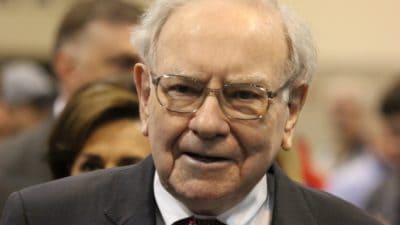With the FTSE 100 trading comfortably above 7,000 points, finding bargain shares is becoming more difficult. After all, the index is close to its record high, so it’s understandable that many large-cap stocks are relatively expensive. However, there are a number of stocks for which valuations don’t appear to accurately take account of their upbeat outlooks. Here are two prime examples which could prove to be the bargains of the year.
A recovering insurance play
RSA Insurance (LSE: RSA) had a challenging period just a few years ago. It posted a loss and was the subject of an investigation into accounting policies at its Irish division. Back then, a recovery seemed unlikely since the company was facing a highly challenging future. However, it has been able to not only return to profitability, but deliver strong earnings growth in the last couple of years.
Looking ahead, more growth is forecast for the company. It’s expected to record a rise in its bottom line of 44% this year, followed by further growth of 16% next year. It has achieved this level of performance through asset disposals (such as the £834m sale of its UK legacy insurance liabilities, which was announced today), a major restructuring and generating efficiencies. Despite the progress made by the current management team, RSA trades on a price-to-earnings growth (PEG) ratio of just 0.7, which indicates that its shares are exceptionally cheap.
In addition, it yields 3.5% from a dividend covered more than twice by profit. When its double-digit growth outlook is factored-in, this indicates the company’s dividend could rise rapidly over the medium term. Therefore, it could become not only an excellent capital growth play, but a top-notch income stock too.
The right time in the cycle?
The defence sector hasn’t been a particularly profitable place in which to invest in recent years. Austerity across the developed world has pegged back defence spending, meaning that BAE Systems (LSE: BA) has struggled to generate profit growth. However, it has been able to tread water and perform well relative to sector peers which have often disappointed on profit performance. This highlights the defensive characteristics of the company’s business.
The outlook for the defence sector is much brighter today than it was just a year ago. Higher spending in the US could positively catalyse BAE’s top and bottom lines. In fact, in the current year it’s due to record a rise in its earnings of 9%, followed by 7% growth next year. Despite this, it has a price-to-earnings (P/E) ratio of 14, which appears to grossly undervalue the business.
BAE should also be a major beneficiary of weaker sterling. With US interest rates set to rise this year and the UK’s monetary policy likely to remain loose as Brexit talks start, its profitability could be upgraded based on a currency tailwind. Therefore, buying it now could be a sound move, with share price gains on the cards over the next couple of years.







